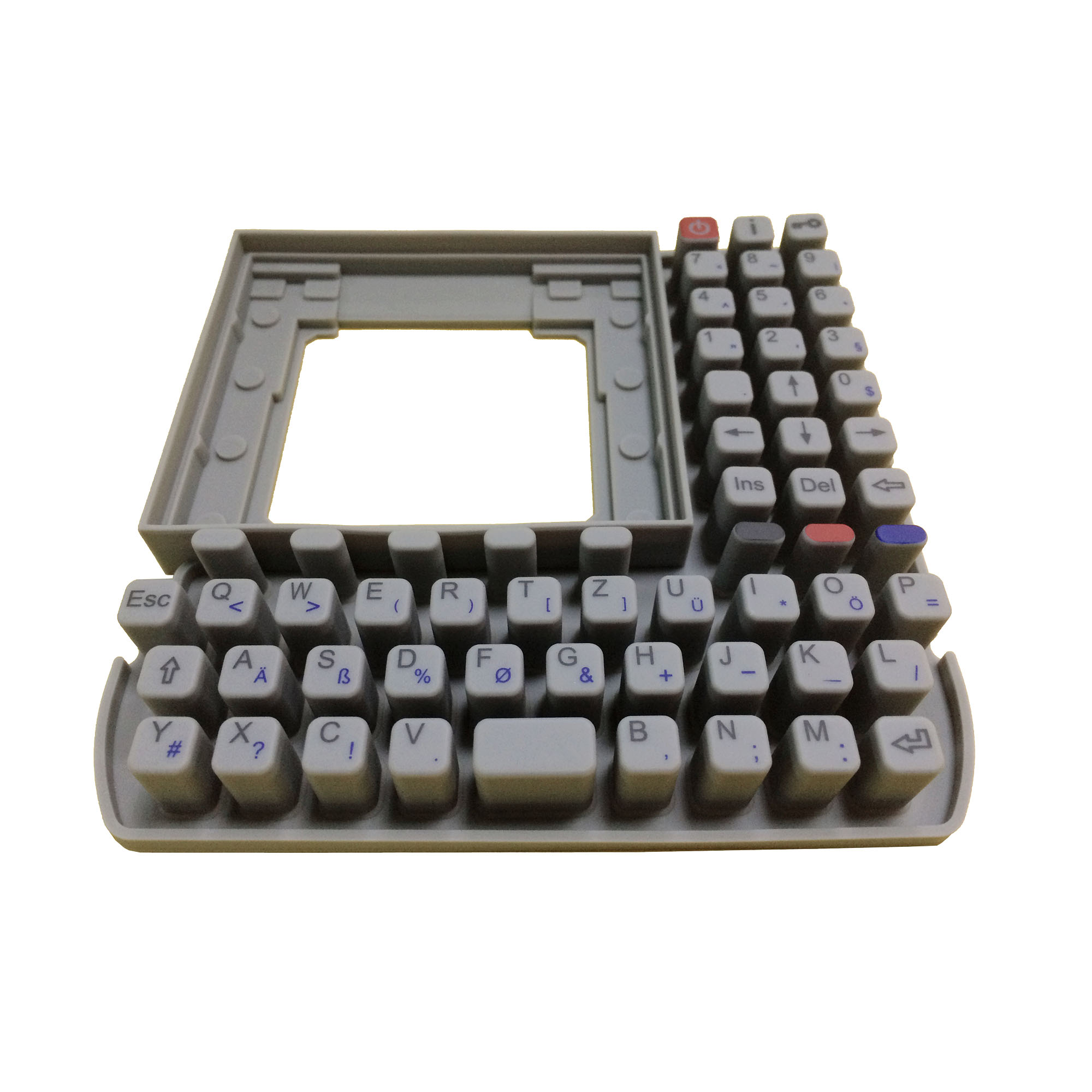Selecting the right silicone rubber keyboard can significantly enhance your typing experience, offering durability, flexibility, and resistance to elements like dust and moisture. To ensure you make the best choice, consider the following key factors when evaluating silicone rubber keyboards:

1. Purpose and Usage
Consideration: Determine the primary use of the keyboard to match it with your specific needs.
Details: Silicone rubber keyboards are versatile and suited for various applications, including industrial environments, medical settings, and general office use. Choose a keyboard that aligns with your use case. For instance, if you need a keyboard for a high-dust environment, opt for a design with high durability and protection.
2. Key Layout and Design
Consideration: Evaluate the layout and design to ensure it fits your typing style and preferences.
Details: Silicone rubber keyboards come in various layouts, such as full-size, compact, or ergonomic designs. Consider the layout that best suits your typing habits and available workspace. Ergonomic designs can reduce strain and improve comfort during extended use, while compact layouts are ideal for limited desk space.
3. Durability and Build Quality
Consideration: Assess the durability and build quality of the keyboard to ensure it meets your long-term needs.
Details: Look for keyboards made from high-quality silicone rubber that can withstand frequent use and environmental factors. The keyboard should resist wear, tear, and damage from spills or dust. Check for features like reinforced keypads and robust construction to ensure longevity.
4. Water and Dust Resistance
Consideration: Determine the level of water and dust resistance required based on your environment.
Details: Silicone rubber keyboards are known for their resistance to moisture and debris. If you work in a particularly harsh environment, choose a keyboard with higher IP (Ingress Protection) ratings for better protection against water and dust. This ensures reliable performance even in challenging conditions.
5. Typing Comfort and Key Feel
Consideration: Evaluate the comfort and key feel to enhance your typing experience.
Details: Test the key responsiveness and comfort of the keyboard. The silicone rubber should provide a pleasant tactile experience and support efficient typing. Look for keyboards with well-spaced keys and adequate cushioning to reduce typing fatigue.
6. Backlighting and Visibility
Consideration: Consider backlighting options for improved visibility in low-light conditions.
Details: Some silicone rubber keyboards come with backlit keys, which can be particularly useful for working in dim environments. Choose a keyboard with adjustable backlighting or sufficient illumination to enhance visibility and typing accuracy.
7. Ease of Cleaning and Maintenance
Consideration: Choose a keyboard that is easy to clean and maintain.
Details: Silicone rubber keyboards are generally easy to clean, but the ease of maintenance can vary. Opt for keyboards with removable or washable covers to simplify cleaning. Regular maintenance ensures the keyboard remains hygienic and performs well over time.
8. Connectivity and Compatibility
Consideration: Ensure the keyboard is compatible with your devices and supports your preferred connectivity options.
Details: Check the connectivity options, such as wired or wireless (Bluetooth/USB). Verify compatibility with your operating system and devices to ensure seamless integration. Wireless keyboards should have reliable battery life and connectivity range.
9. Ergonomics and Comfort Features
Consideration: Look for ergonomic features to improve comfort during extended use.
Details: Ergonomic silicone rubber keyboards can include features such as wrist rests, adjustable angles, or split designs to reduce strain and enhance comfort. Consider these features if you spend long hours typing and seek to minimize discomfort.
10. Price and Value
Consideration: Compare prices and evaluate the value of the keyboard based on features and quality.
Details: While silicone rubber keyboards can vary in price, balance your budget with the desired features. Higher-priced models may offer advanced features and better durability, but ensure the investment aligns with your needs and usage.
Conclusion
Choosing the right silicone rubber keyboard involves assessing factors such as purpose, layout, durability, water and dust resistance, typing comfort, backlighting, ease of cleaning, connectivity, ergonomics, and price. By carefully evaluating these aspects, you can select a keyboard that meets your needs and enhances your typing experience. A well-chosen silicone rubber keyboard will provide reliable performance, comfort, and durability, making it a valuable addition to your workspace.
